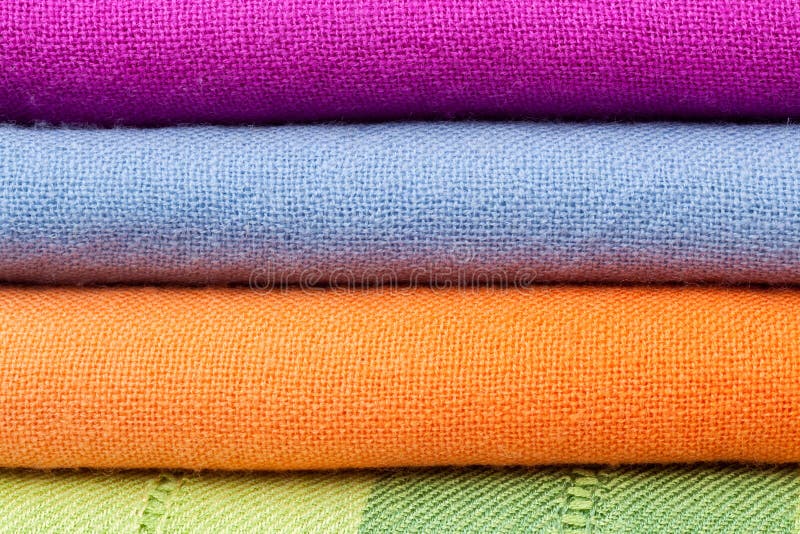Top Tips For Establishing Primary Criteria For Textile Testing Instrument

Basic Guidelines On No-fuss Plans

The current solution is essentially to infuse the dye slurry with salt—up to 4 pounds for every 100 pounds of cotton—so it sticks to the fibers. But the process sucks up a lot of time and energy, and about half the dye goes to waste. The World Bank estimates that textile-dyeing introduces as many as 72 toxins to the global water supply. Most industrial dyehouses are overseas, where regulation is often lax or nonexistent. "It is the definition of a low-margin, unsteady business," said Christian Drankwalter, owner of Not Just Lace, one of the city's last dyehouses . Harari is no outsider dreaming of disruption. His family-run enterprise has become one of the Garment District's most successful outfits since his father, Eli, got into the business 40 years ago. Today the patriarch owns or has an interest in 10 companies that make clothing, mostly with anonymous-sounding names like Americo Group and Basic Resources, whose products come to market under labels such as Izod and Reebok. The elder Harari declined to disclose sales or even the number of his employees. "The day we file to go public, I'll let you know," he said.
For the original version including any supplementary images or video, visit http://www.crainsnewyork.com/article/20180618/FEATURES/180619908/better-way-to-dye



Comments
Post a Comment